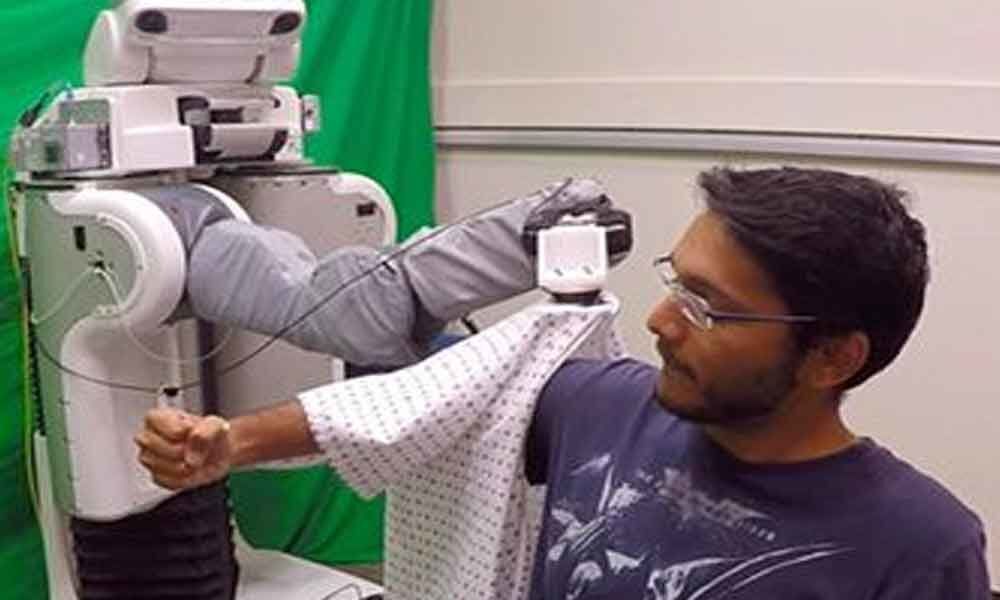Live
- Manipur: Educational institutions close for two days after heavy rains, hailstorm
- End of BJD rule on June 4, says Modi
- Indian economy and equity markets outperformed China over past 3 years
- 94 pc Indian service professionals using AI believe it saves them time: Report
- Schools in Ahmedabad receive bomb threat emails
- Edited & fake videos on social media: Congress delegation meets Delhi Police Commissioner
- KCR corners CM Revanth on Rythu Bandhu
- BJP for eradication of poverty: Aroori Ramesh
- Don’t trust Congress: Errabelli
- Rajender Rao is all about public service









